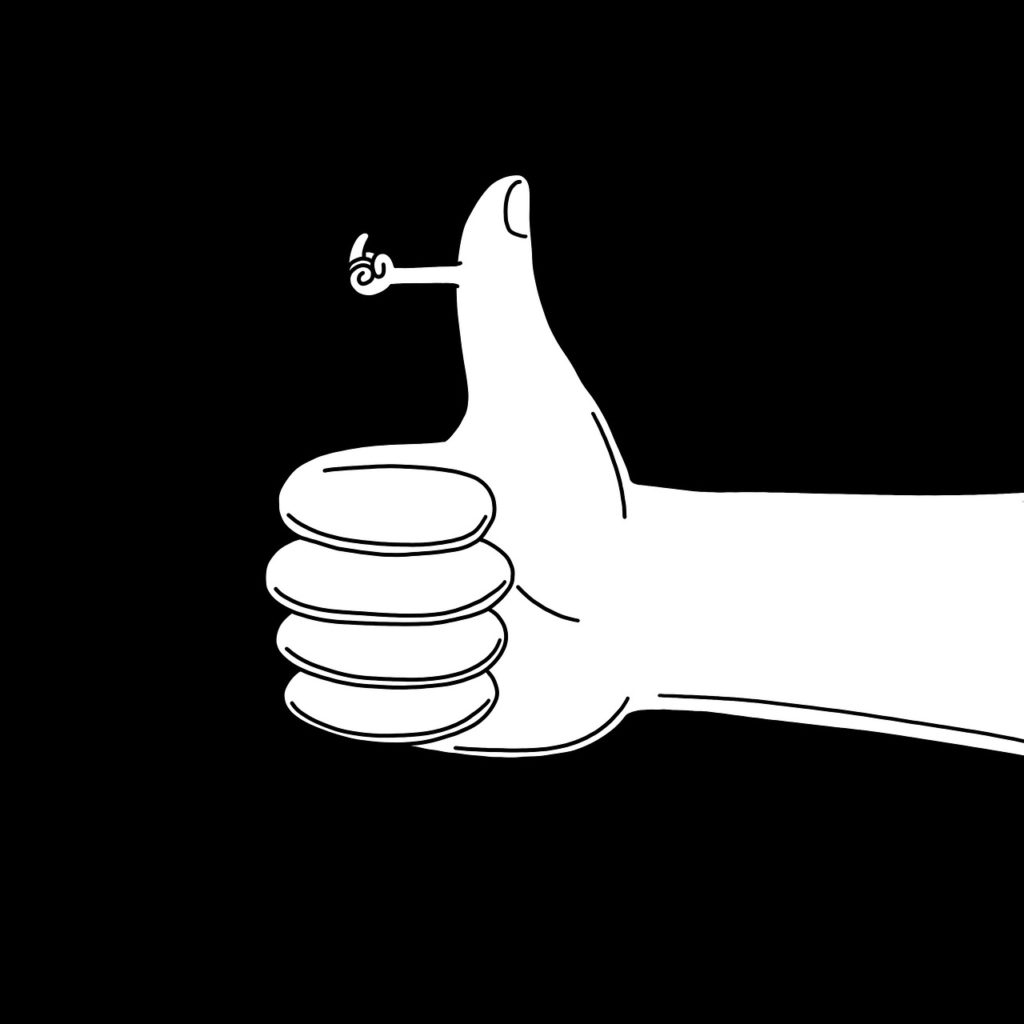teenagerebellioninflation
EXCESS TEENAGE REBELLION AND INFLATION – PROPOSING TWIN THEORIES OF GENERATIONAL PANIC AND LIFESTYLE DETERIORATION SIGNALLING

Many psychologists still promote teenage rebellion as though it is this constant and expected element in human development (Hoder, 2015). It has been suggested and popularised as crucial to the establishment of a person’s identity, or personality (Borrie, 2007; Hale, 2011). The scientistic presumption this existed before industrial society sidesteps the fact this proposed “universal” stage of human development was never mentioned by anyone before the very end of the 19th and never studied before the 20th century (Hoder, 2015). Presumptions about human nature in regards to psychology are expected of the culturally dependent study of sociology (Konty, 1996), however this is not a healthy perspective of psychology. Interestingly, the greatest predictors of rebelliousness appear to be abusive, indifferent, neglectful, or hostile paternal parenting followed by the same traits in maternal parenting (McDermott & Barik, 2014). Psychology has moved on in terms of personality development theory (McAdams & Olson, 2010), without providing an explanation for the increase of teen rebellion in certain modern societies (Hale, 2011).
UNIVERSAL
To suggest positive consequences of a bad event and claiming it as unavoidable when it actually is, begs the event. If people presume they are unable to do anything to counter the effects of an issue and believe it good, they will not waste energy. The idea that rebelliousness is a natural and normal part of human psychology remains popular (Hale, 2011) and not yet directly contradicted, teenaged agency development not withstanding (McAdams & Olson, 2010). Rebelliousness occurs more often and is more impactful of lower income families (Luthar & Ansary, 2005). It has also been shown to be correctable with education (Świerczek et al., 2018).

The underlying mechanisms of societal resource management predate humanity. Economics have existed since the inception of social animal behaviours (Woersdoerfer, 2014). The governing environment within which human families, childhood attachment, and social bonding evolved is economic in every sense. Humans would have been selected for behaviours appropriately fit for economies and related cultural and environmental factors.

ECONOMY
Children will instinctively ascribe difficulties in acquiring necessities to the choices of their parents, or faults, rather than any abstract notions in societal shape. While children witnessing their parents struggle may feel sympathy, such stimuli may additionally shift their mode of behaviour. This shift can result in the rejection of the parents, most especially their lifestyle and career choices.
Human instincts in social selection should not be expected to accurately differentiate larger and smaller economic signals. As economics are purely relative, the deciding factor is impact. Children will focus on the failure of parents. Bonds in human relationships are dependent upon promise and potential, or perceived beauty and wisdom. Opposing signals from within the parental attachment discourage the transmission of generational cultural information by way of basic devaluation.


DEVALUATION
This devaluation may manifest as disgust and disregard for previous generations, as well as traditions generally. Not only will younger generations reject the advice of their parents and traditions but do the exact opposite in a spiteful manner, to psychologically prepare them to deconstruct the less useful parts of their cultural and parental attachments. This is logical and appropriate as a fitness strategy in cases where parents or cultures are failures.
Intuitively, environments in which children receive reassurance of their parents’ lifestyle fitness, should advantage those who model the behaviour of parents the majority of the time. Selection will favour those applying such behaviours given a set of optimistic signals. This mechanism should also apply to similarly socially advanced animals.

INFLATION AND BROKEN WINDOWS
This may explain why mass teenage rebellion only began in the last few centuries, generally coinciding nationally with the institution of inflationary banking practices. The economic inflationary cycle is one designed to stimulate the economy in a Keynesian model (Shirvani, 2014). Keynes proposed his own theory about how the replacements of windows that break are as productive for society as the installations of new windows. This is a basic logical fallacy on its face, so much so it could be used as an example of bad logic. Further, should this not depend on which “windows” are being broken? Another example he gives for productivity is having paid workers dig and then fill back in holes. Paying people to play video games comes to mind, Twitch for example.
How does inflation stimulate the economy, then? Destruction and panic are the key factors. Humans evolved to compensate for societal change. When old lifestyles fall apart it is usually not all at once. The deteriorating economic signals of a fading lifestyle, or merely a lifestyle for which their parents were not well-suited, trigger a different behavioural mode. The panic resulting from the economic changes of a deteriorating lifestyle was simply mislabelled teenage rebellion when it became constant. In fact, the economic stimulation here derives from the constant costs to the majority of families in changing careers away from that of their parents every generation. This can be good in the short-term for the purposes of discovering new trades. Theoretically, however, a society can only afford this emergency mode for so long before unleashing the larger costs involved of lost cultural transmission.

SUMMARY
Theoretical confirmations require comparable data of multiple generations across different economic models. Teenage rebellion, or generational panic, a destructive consequence of larger economic issues as well as loose family ties and poor attachment, is often disguised as a good. The scientists who couch the problem into human development normalise a destructive group of behaviours (Hoder, 2015). It is likely because these writers and publishers have determined this phenomenon to be good, but how could it be? The science does not support it yet it continues to be published, abusing references if there are any to be found (Hudson, 2010; Pahr, 2019; Staughton, 2020). Why has teenage rebellion been promoted as good?
REFERENCES
Borrie, L. A. (2007). Wild Ones: Containment Culture and 1950s Youth Rebellion.
Hale, G. E. (2011). A nation of outsiders: How the white middle class fell in love with rebellion in postwar America. Oxford University Press.
Hoder, R. (2015). Dealing With Teen Rebellion: It’s Time to Rethink Teen Rebellion. Your Teen. https://yourteenmag.com/family-life/discipline/teen-rebellion-help
Hudson, C. (2010). Why Teenage Rebellion Is A Good Thing! Understanding Teenagers. https://understandingteenagers.com.au/why-teenage-rebellion-is-a-good-thing/
Konty, M. A. (1996). Describing adolescent deviance: Rebellion and delinquency [Thesis, Texas Tech University]. http://hdl.handle.net/2346/11956
Luthar, S. S., & Ansary, N. S. (2005). Dimensions of adolescent rebellion: Risks for academic failure among high-and low-income youth. Development and Psychopathology, 17(1), 231–250.
McAdams, D. P., & Olson, B. D. (2010). Personality development: Continuity and change over the life course. Annual Review of Psychology, 61, 517–542.
McDermott, M., & Barik, N. (2014). Developmental Antecedents of Proactive and Reactive Rebelliousness: The Role of Parenting Style, Childhood Adversity, and Attachment. Journal of Motivation, Emotion, and Personality, 2, 22–31. https://doi.org/10.12689/jmep.2014.203
Pahr, K. (2019). Teenage Rebellion Isn’t What it Used to Be—Here’s How to Deal. Parents. https://www.parents.com/parents-magazine/teenage-rebellion-causes-consequences-and-how-parents-can-deal/
Shirvani, H. (2014). The Broken Window Fallacy and Keynesian Economics—Cameron School of Business Blog. https://blogs.stthom.edu/cameron/the-broken-window-fallacy-and-keynesian-economics/
Staughton, J. (2020, February 12). Why Are Teenagers So Rebellious? Science ABC. https://www.scienceabc.com/humans/why-are-teenagers-so-rebellious.html
Świerczek, A., Gurba, E., Duda, M., & Gurba, K. (2018). Youth rebellion and its modification under the influence of educational activities. In C. L. Gómez, M. I. López, & T. I. Candel (Eds.), EDULEARN18: 10th international conference on education and new learning technologies: Palma (spain), 2nd-4th of july, 2018: Conference proceedings (pp. 9687–9694). IATED Academy.
Woersdoerfer, M. (2014). Animal behavioral economics: Lessons learnt from primate research. SSRN Electronic Journal. https://doi.org/10.2139/ssrn.2461723